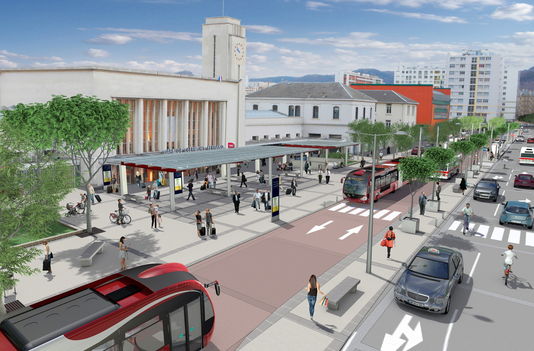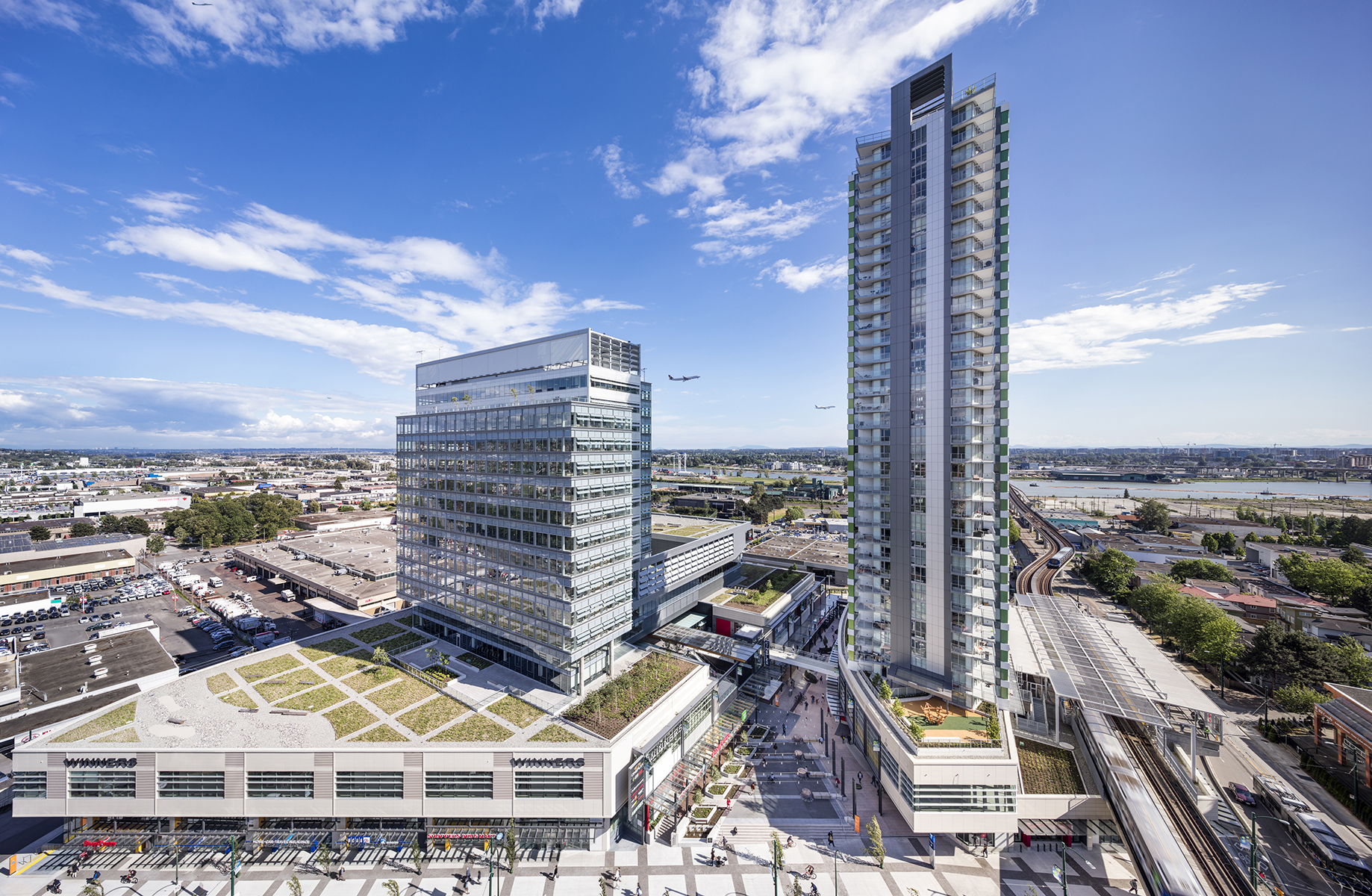
To move towards a sustainable and successful TOD environment, the regulatory framework should be reflective of the following principles:Īmendment of local laws and reduction in time gap between notification and successful implementation of the TOD policy at state level: There should be suitable provisions in place for creation/designation of an agency with single-point responsibility for successful implementation in a timely manner, including notification incorporation of TOD policy into local building bye-laws. It also highlights that additional fees collected under this policy shall be kept in a separate infrastructure development fund and utilised for MRTS projects. The Haryana Government, Town and Country Planning Department has issued TOD Policy 2016, which strives to incorporate TOD principles like allowing mixed-use development and high-density development within TOD Zones. The Delhi Master Plan 2021 has TOD policy included it provides for mobility options for all, better quality of life, housing for all, cheaper public transport and mixed-use development. TOD is already being implemented at the ground level in various cities such as Delhi, Naya Raipur, Ahmedabad, and Haryana. The resources generated, thereby, would be credited into a fund for urban transport (development, upgradation, maintenance, enhancement, etc.) Additionally, the policy envisages ‘value capture financing’ by means of enhanced or additional land value tax, betterment levies, development charges or impact fees, transfer of development rights, etc. It recommends transit and land use strategies for compact, mixed-use development, that gives citizens access both to open space and transport services.

The policy seeks to shift current practices to encourage denser, healthier, more productive cities. The Ministry of Urban Development has come out with a multi-pronged policy viz., the ‘National Transit Oriented Development Policy’ (the TOD policy), which seeks to provide a viable solution to challenges like haphazard urban growth and sprawl, mobility, rapidly rising private vehicles on roads, pollution, housing choices etc. Provisions such as maximum floor area ratio, height limitations, landscaping requirements and minimum parking requirements often cause an impediment to develop and incorporate TOD seamlessly into the existing regulatory framework of the cities. The conditions regarding physical requirements under the zoning ordinances often prohibit the development necessary for TOD.

Cities have zoning ordinances and land development codes designed for automobile-oriented development. One of the fundamental challenges is that the regulatory framework of most municipalities is not supportive of TOD. The most important reasons for implementing TOD in Indian cities is the emphasis on public transport by all levels of government. Hence, planning for accessibility is the need of the hour. The majority of the population does not use public transport because of the lack of it and inaccessibility to the transit. Indian cities are plagued with issues such as rising population and underdeveloped public transport systems, which have led to a rapid rise of personal vehicles, traffic congestion, and increasing pollution. As a result, a fine balance needs to be achieved between various factors for a successful TOD environment. For example, while increased density has the potential to increase ridership, it may result in negative implications on the fronts of social equity and quality of living. These questions not only help design better TOD policies but also help in evaluating them against success or failure on set parameters. TOD categorisation helps answer questions such as ‘‘what mixed uses of public transit will optimize effective mixed-use development and support efficiency under specific conditions (for example, in areas with different levels of density/population)’’ or ‘‘what densities and level of transit service are necessary”.

Every city is different in nature and has a unique fingerprint, therefore, to make a successful strategy for TOD it is important to list out specific indicators or key components for measuring the TOD scope of a city. Due to the dynamic nature and multiplicity of underlying features and definitions of TOD, no umbrella strategy works for all cities. Compact, mixed-use communities are the answer to suburban problems. Transit Oriented Development (TOD) complements the concept of new urbanism.


 0 kommentar(er)
0 kommentar(er)
